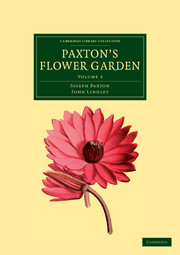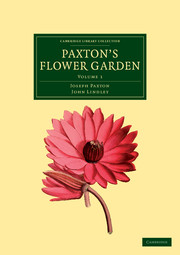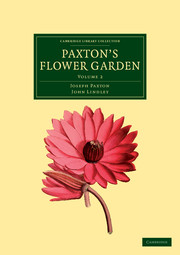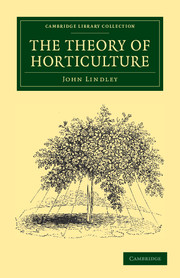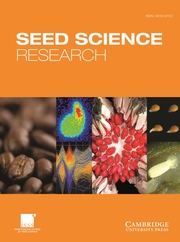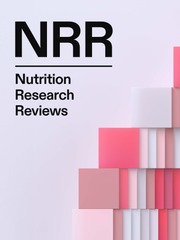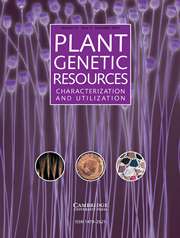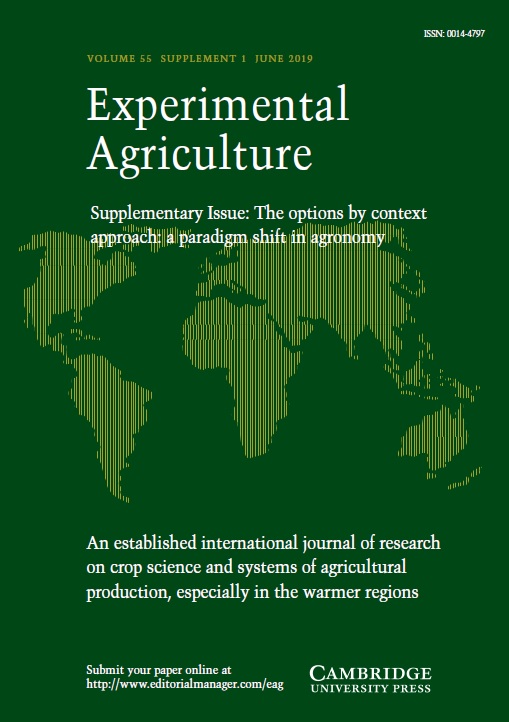Paxton's Flower Garden
Best remembered today for his innovative design for the Crystal Palace of 1851, Joseph Paxton (1803–65) was head gardener to the Duke of Devonshire at Chatsworth by the age of twenty-three, and remained involved in gardening throughout his life. Tapping in to the burgeoning interest in gardening amongst the Victorians, in 1841 he founded the periodical The Gardener's Chronicle with the botanist John Lindley (1799–1865), with whom he had worked on a Government report on Kew Gardens. Paxton's Flower Garden appeared between 1850 and 1853, following a series of plant-collecting expeditions. Only three of the planned ten volumes were published, but with hand-coloured plates (which can be viewed online alongside this reissue) and over 500 woodcuts, the work is lavish. Volume 3 includes further studies of numerous orchids, and Captain Cook's account of the discovery of the pine that would take his name, Araucaria cookii (Captain Cook's Pine).
Product details
December 2011Paperback
9781108037273
252 pages
297 × 210 × 13 mm
0.61kg
82 b/w illus. 36 colour illus.
Available
Table of Contents
- 73. The Retuse Echeverria
- 74. The Thyrse-Like Billbergia
- 75. The Golden Swan-Orchis
- 76. The Purple Gesnera
- 77. The Morel Billbergia
- 78. The Masters Cymbid
- 79. The Nepal Ash-Leaved Berberry
- 80. The Many-Spiked Billbergia
- 81. The Rosy Limatode
- 82. The Dark Purple Hellebore
- 83. The Ciliated Hellebore
- 84. The Dark-Eyed Fringed Dendrobe
- 85. The Oval Oxylobe
- 86. The Long-Leaved Puya
- 87. The Hooded Oncid
- 88. The Mysore Hexacentre
- 89. The Dwarf Crimson Chinese Azalea
- 90. The Pescatore Odontoglot
- 91. The Three-Flowered Abelia
- 92. The Large-Flowered Glutinous Diplacus
- 93. The Fiery-Red Mormodes
- 94. The Woolly Clematis
- 95. The Beauteous Veronica
- 96. The Purple-Stained Laelia
- 97. The Azorean Forget-Me-Not
- 98. The Duke of Devonshire's Water Lily
- 99. The Thick-Leaved Cleisostome
- 100. The Scarlet Salpiglot
- 101. The Pretty Raphistem
- 102. The Racemose Solenid
- 103. The Golden-Flowered Dielytra
- 104. The Bell-Flowered Spathodea
- 105. The Haytian Laeliops
- 106. The Chinese Althaea Frutex
- 107. The Calisaya Bark-Plant
- 108. The Splendid Aeschynanth
- Index.

